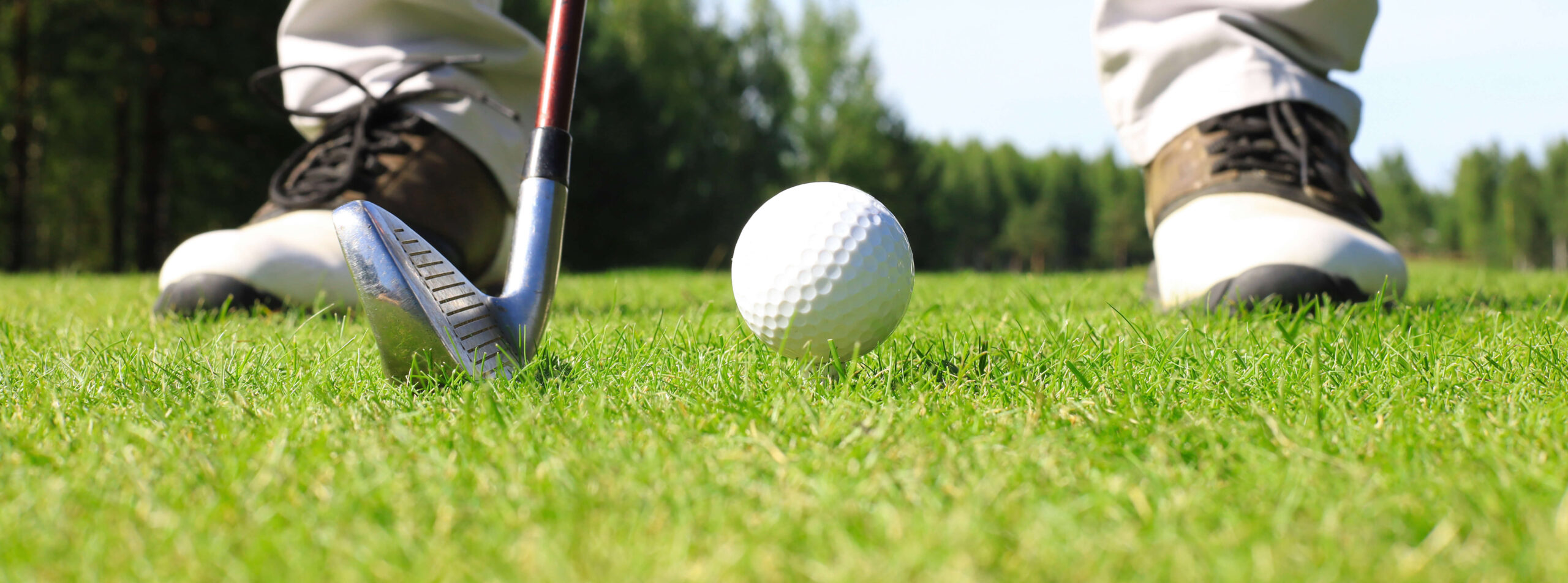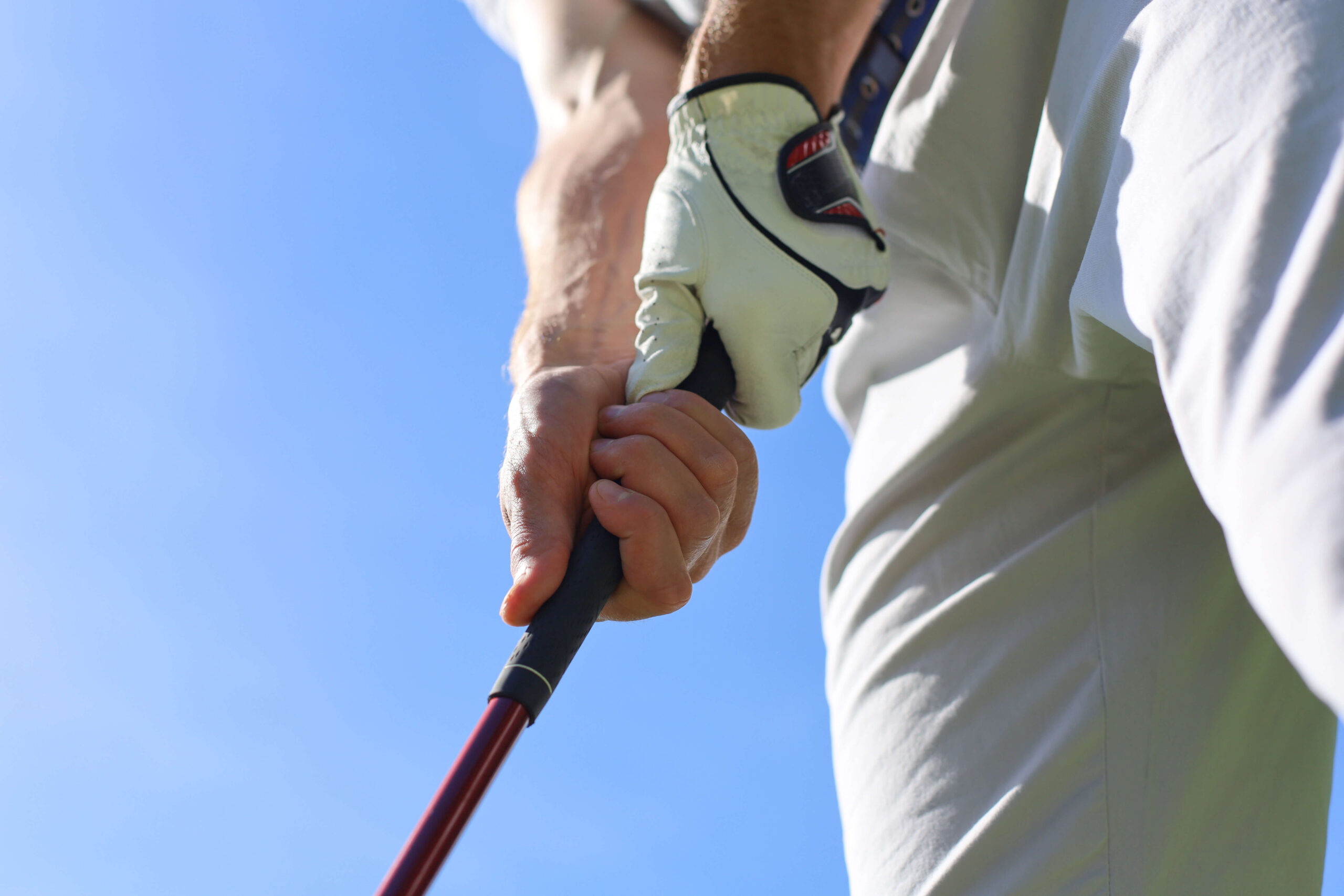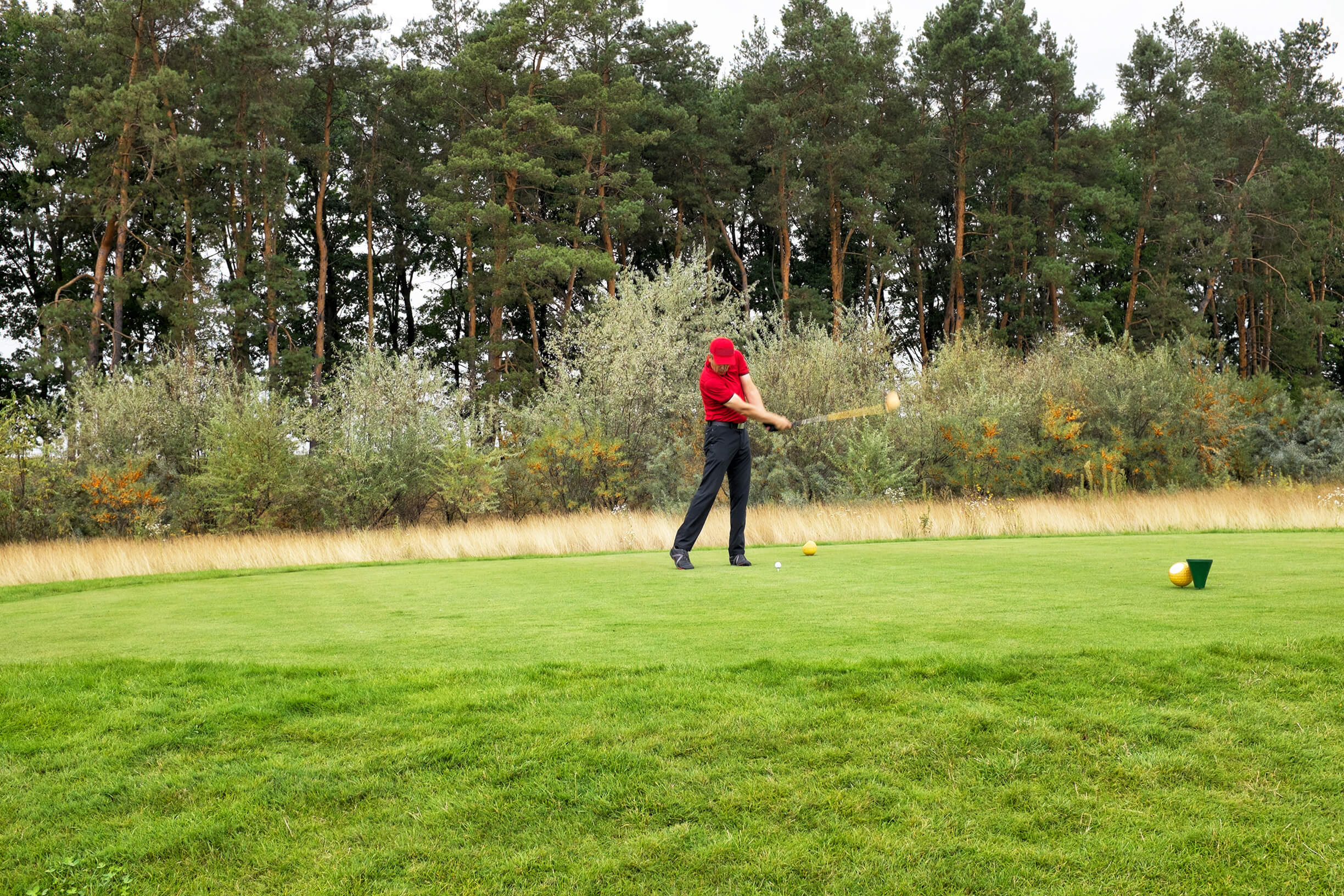One often overlooked yet crucial aspect of a powerful and precise golf swing is the role of the hips.
To help you improve your game, let’s delve into a game-changing golf drill that focuses on harnessing the power of your hips. And who better to guide us through this journey than the legendary golf professional Tiger Woods.
Woods has frequently emphasized the importance of proper hip movement in achieving a consistent and powerful swing. Indeed, understanding and optimizing hip rotation can significantly impact the distance and accuracy of your shots.
Here’s a simple yet effective hip drill that promises to elevate your swing game by focusing on your hips.

Step One: Set Your Stance
Begin by setting up in your normal golf stance, ensuring your feet are shoulder-width apart. Position the golf ball centrally in your stance, and ensure your weight is evenly distributed between both feet.
As you initiate your backswing, focus on allowing your hips to turn naturally with your upper body. Resist the temptation to overuse your arms or shoulders during this phase. The goal is to create a seamless connection between your upper body and hips, enabling a controlled and efficient wind-up.

Step Two: Transitioning
Now comes the crucial moment – the downswing. As you transition from the top of your backswing to the downswing, pay close attention to your hips.
The key is to initiate the movement from your lower body, allowing your hips to lead the way.
Turn your hips and shift your weight into your right heel but without swaying outside your trailing foot. This sequential movement not only adds power to your swing but also ensures a more accurate and controlled release of the clubhead.
Developing the hip turn helps you to turn into your trailing hip on the backswing. Doing this correctly keeps your hips deep through the downswing, avoiding early extension.
Think of how a baseball player swings a bat. The body leads the movement of the bat. Same thing happens here. The ratchet movement creates power that ends up expressed in the club face speed and, eventually, the ball.

Why It Works
Why does this hip-centric drill work wonders for your golf game? Firstly, it promotes a more coordinated and connected swing, eradicating the common issue of disjointed movements between the upper and lower body.
Secondly, by prioritizing hip rotation, the drill aids in generating optimal torque, resulting in increased clubhead speed and consequently longer, more controlled shots.
Woods’ emphasis on the role of the hips highlights the transformative power of proper technique.
“A lot of times when I’m getting tight [in my back, I struggle to get deep enough into that back hip. I stand up in my downswing, and that puts a lot of stress on my back,” Woods told GolfTV in 2019.
“But if I don’t feel like I can turn I can’t get back into my hip, so it’s all about how I train, how I feel, getting everything switched on…when I do it.”
By incorporating this hip drill into your practice routine, you’re not just honing a specific skill – you’re unlocking the potential for a more powerful, accurate, and consistent golf swing.








